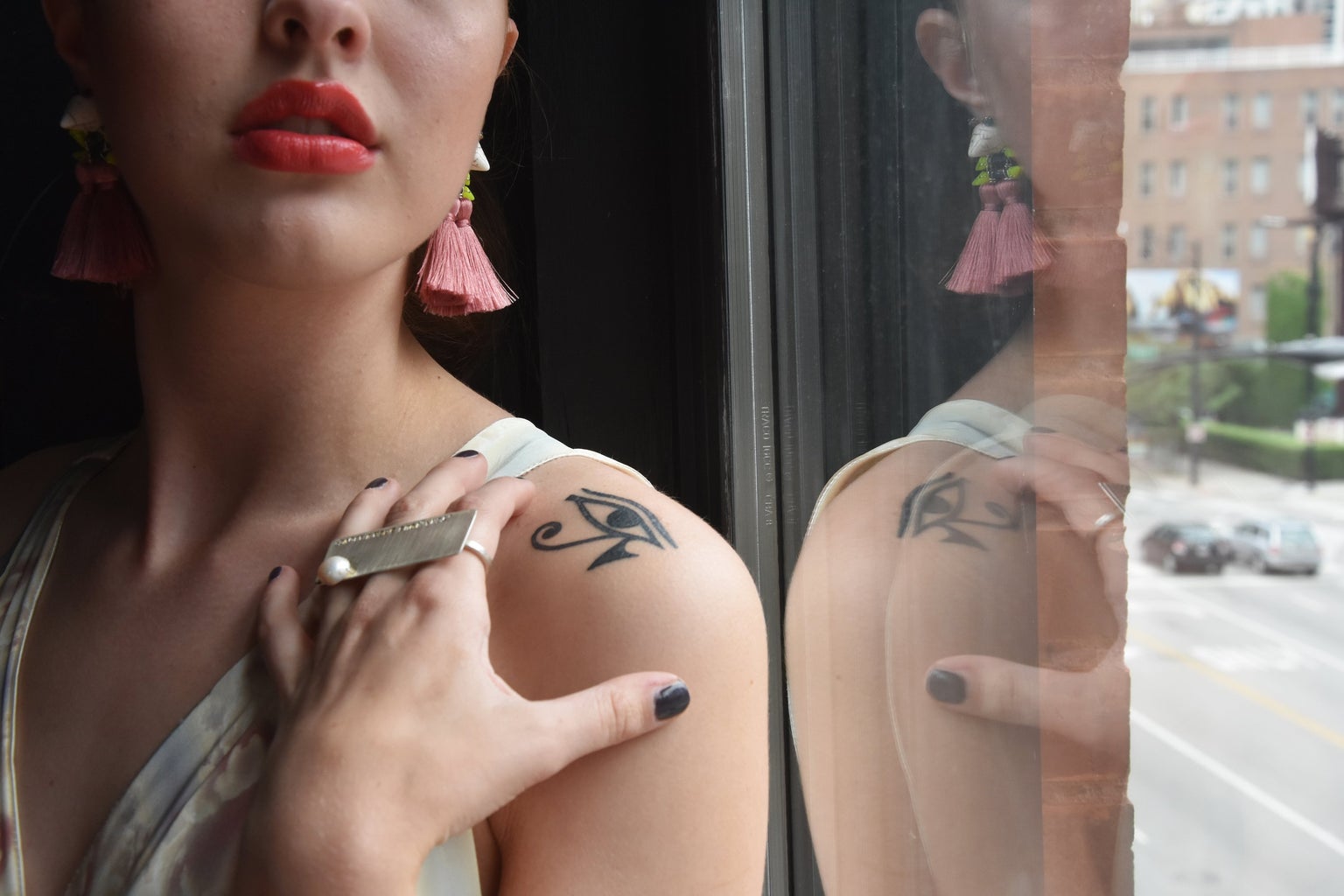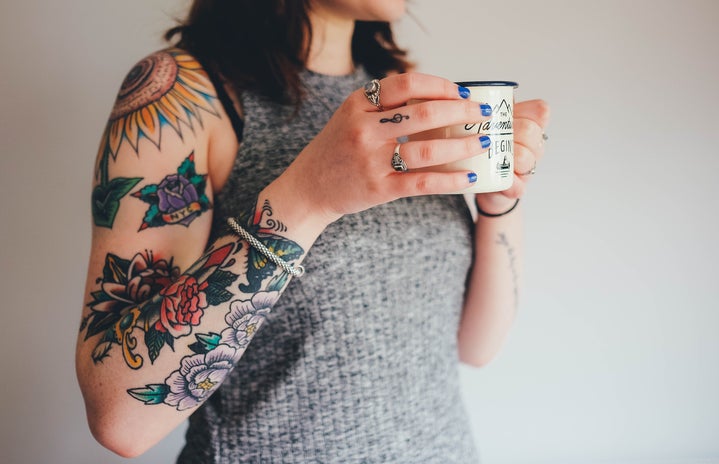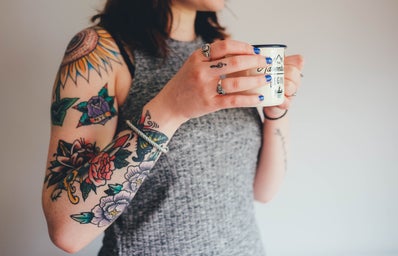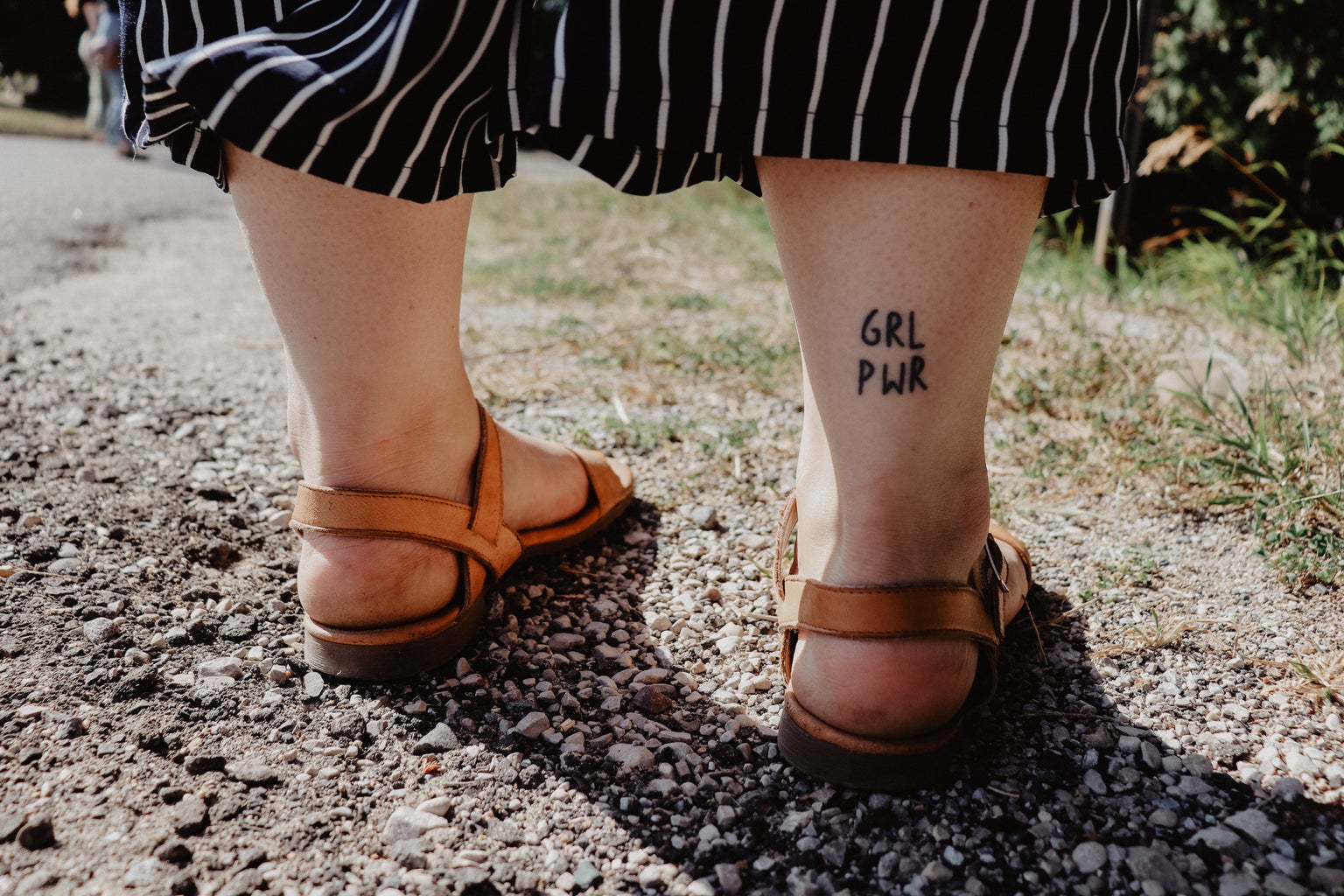So you want to get a tattoo or a piercing and don’t know where to start? Here are a quick few pointers before getting your very first tattoo or piercing, and how to care for it afterwards.
BEFORE
DO your research. In order to have the best possible outcome, do thorough research before picking a tattoo artist or piercer. Find the ones with the best reviews and the most recommendations. Examine their portfolio, and make sure that their work is up to the standard you want. Visit the tattoo or piercing parlour and enquire about their hygienic standards and make sure that is a sterile environment – this helps prevent infections. Choosing a reputable artist or piercer can become quite extravagant; do keep that in mind.
DO think carefully about your chosen tattoo or piercing. The bigger the tattoo, the longer and harder the healing time and process, and the more expensive it becomes. Tattoos with many minute details will take substantially longer and can take hours – or more than one session. Tattoos fade, and you will require touch ups. Small, finer tattoos will break down quicker into the bloodstream, thus fading faster than others, requiring touch ups faster. Certain colours such as yellow or white do not always show up well pigmented on the skin, and they tend to fade very fast as well. For example, turquoise can eventually fade to a pale green. Certain piercings are more painful than others, and some take longer to heal than others and can even have a healing time of a year. Both tattoos and piercings can be prone to rejection; take these factors into consideration before starting your process.
DO eat before you get a tattoo or piercing. You may bleed a little bit in the process and eating prevents you from fainting as many people do.
DO choose hypoallergenic piercing jewellery such as surgical steel in order to prevent allergic reactions or rejections.
AFTER
DO listen to the aftercare advice given to you by your tattoo artist or piercer.
DO keep on the protective wrapping on your tattoo for as long as you can. After a few hours, wash the tattoo with an unscented soap and a bit of water. Proceed to apply a thin layer of unscented moisturizer such as aqueous cream and reapply a protective wrapping.
DO wash your hands before cleaning your piercing. Use a sterile saline solution provided by your piercer to clean your piercing. For some piercings, it might be easier to use gauze saturated with the solution and clean it by gently dabbing around the area. For others, a simple rinse will suffice. Pat dry with a disposable towelette.
DON’T keep your tattoo in direct sunlight. Keeping it in direct sunlight can harm the healing process and cause your tattoo to fade. If you are going to be in the sunlight, apply a thin layer of SPF sunscreen to the tattoo.
DON’T pick at the scabs. As your tattoo heals, it will begin to scab. DO NOT under any circumstances pick or pull at these scabs, it will injure the skin and disrupt the healing process. It will also make the tattoo more prone to infection. Allow the scabs to dry out and fall off on their own.
DON’T go swimming with your new tattoo. The chlorine in swimming pools can be harmful, and public swimming areas aren’t exactly sterile or sanitary.
DON’T take baths for the first month of your new tattoo as baths can harbour bacteria. Showers are a safer alternative.
DON’T touch, pick, or move a healing piercing however tempted you may be. Don’t touch your piercing with unwashed hands and don’t pick at dried discharge surrounding the piercing.
DON’T use harsh cleaning agents such as hydrogen peroxide. If you have not been provided with a saline solution by your piercer, a safe alternative is to Dissolve 1/8 to 1/4 teaspoon of iodine-free sea salt into one cup (250 ml) of warm distilled or bottled water. Anything stronger will irritate the piercing. Don’t apply any ointments or moisturizes.
DON’T apply beauty products or skincare products in the affected area until the piercing has healed completely.
DON’T change your jewellery until the piercing has healed completely. For example, you have to wait nine months in order to switch from a nostril screw to a nose ring. Don’t take out and reinsert piercing jewellery before it is healed. It increases your chances of hypertrophic scarring.
DON’T use cotton buds or cloth towels with piercings; it can snag or harbour bacteria.
DON’T overclean your piercing. Cleaning it three times a day is enough.

EXTRA TIPS
-
Signs of rejection or infection in a tattoo typically looks like a red or swollen site, a slightly raised tattoo, a tattoo that is leaking yellow foul-smelling discharge or severe itching and burning. Continue to follow proper aftercare and contact your tattoo artist who will then determine your course of treatment.
-
Signs of rejection or infection in a piercing look similar; red or swollen and a yellow foul-smelling discharge. There can also be itching and burning or migration of the piercing.
-
Many people develop hypertrophic scarring. This is not always an indicator of infection but can be from irritation such as knocking the piercing by accident or snagging it on a towel. Hypertrophic scarring can go away with time and proper treatment, per the advice of your piercer. Keloids, however, typically require surgical excision and can reoccur. Do not try to remove keloids or hypertrophic scarring on your own, you could exponentially worsen the situation.
-
Do not remove your piercing jewellery if it is infected unless instructed to do so by your piercer. Removing the jewellery before the infection has cleared traps the infection within the cells which can become dangerous.
-
Be careful with home or DIY remedies to help with your tattoo or piercing. Aloe vera, known for its hypoallergenic, antibacterial, and antiseptic properties is something widely used in the piercing community to promote healing. However, do consult your piercer before using anything that is not prescribed to you by them.
-
For body piercings, avoid tight fitting clothing and swimming. Chlorine can irritate the wound and cause an infection.
FINAL THOUGHT…
Trust your gut. If you feel that something is off, contact your artist or piercer and have it examined. Rather be safe than sorry.




